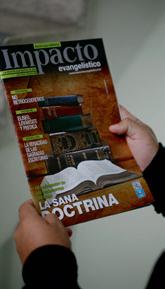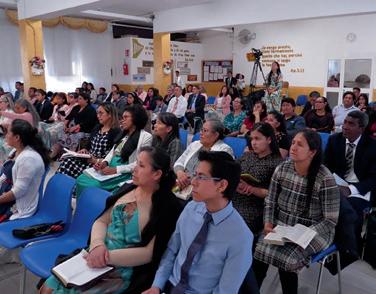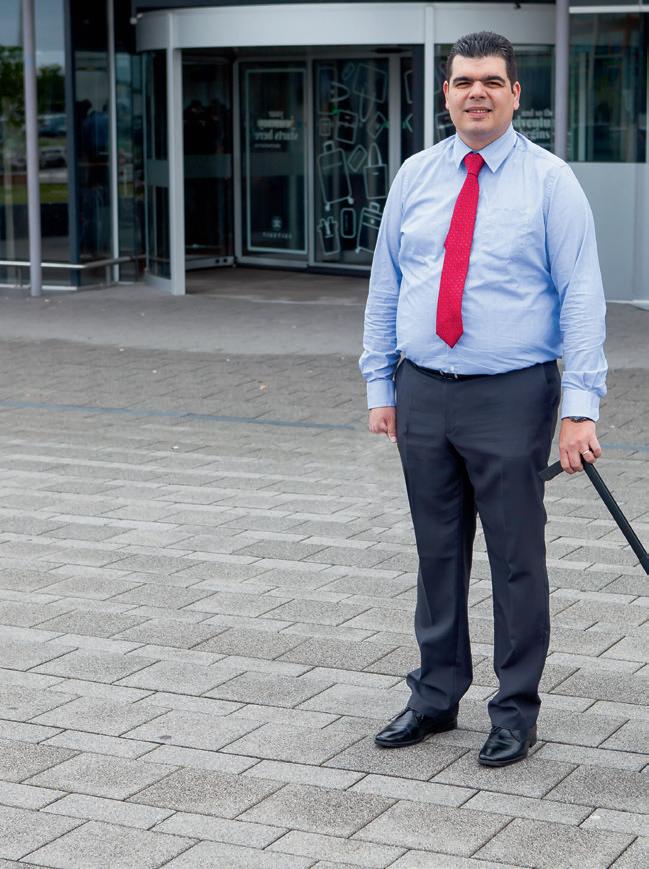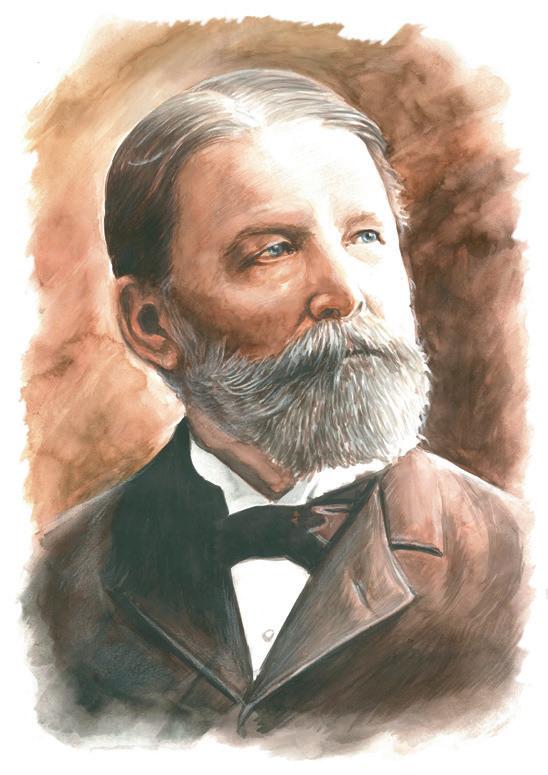
3 minute read
International PEDOPHILIA INCREASES ON
from 787_English
PEDOPHILIA INCREASES ON THE INTERNET
Tens of thousands of pedophiles are using the so-called dark net to trade images of sexual abuse, an investigation by BBC News indicates. (*)
Advertisement
Britain’s National Crime Agency warned in its 2014 threat assessment that abusers were turning to anonymous sites and encryption technology. One site receives as many as 500 page views per second, its founder says. ‘Dark Net’ is the term used to refer to parts of the
internet that are hidden and can be hard to access without special software. In these parts of the internet, it is possible to engage in illegal activity, from buying heroin to hiring a hit man or downloading child abuse videos. However, the Dark Web represents only a tiny fraction of a wider legal space, the so-called ‘Deep Web’ that is home to pages that cannot be found by crawlers and search spiders, so you cannot find them over Google, Yahoo and other search engines.
Some people and organizations use the Deep Web to preserve anonymity online for reasons against Internet regulations.
Millions of databases from governments and organizations do not appear on search engine results and can only be found with special software tools. According to a study of the University of California, the deep web is 500 larger than the surface Internet.
The problem lies in the Dark Web: the portion of websites where pedophiles are turning to hide themselves.
SPECIAL BROWSER How do pedophiles access the Dark Web? One of the most popular products used to access such areas is called the TorBrowser.
This browser can access sites that are not part of the standard official routing system that normally uses suffixes such as “.com”. It can also enter sites ending in other suffixes like “.onion.” There are also many hidden sites on the network ending in the .onion suffix, which cannot be found using Google or other regular search engines.
It allows people to use Tor, an “onion-routing” system which makes a PC’s net address untraceable by bouncing the encrypted data it sends through several randomly selected computer servers on a volunteer network - each of which removes a level of encryption - before it reaches its destination.
Tor was first created by the US military but is now also used by pro-democracy campaigners, whistleblowers and journalists operating under repressive regimes. It was used by activists during the Arab Spring to avoid detection. But criminals are also taking advantage of its anonymity. FIGHT AGAINST TOR The threat posed by these kinds of sites has been recognized by governments around the world. Several countries’ police forces are working together, under the banner of The Virtual Global Taskforce, to tackle online child exploitation worldwide.
Some security specialists believe there are innovative ways to unmask the users of pedophile sites.
Greg Virgin runs software company Redjack and is helping the human rights group International Justice Mission, which campaigns against child abuse. He uses complex algorithms to mine dark net chat rooms for data. “The typical law enforcement approaches to finding out what computers are being used are no longer available,” he said.
But by analyzing the traffic on one particular site, he says he’s able to find out much more about its users. Of more than 10,000 users, he said 2,000 were “producers of content,” meaning child abusers who post pictures of that abuse on the site. Of these, 20% were from the UK, he said.
The website DeepDotWeb.com reports on dark net developments. Its founder said that most deep net users were “disgusted” by the pedophile sites.
“The Deep Web is still just an open reflection of the real world… The Deep Web is nothing more than a peep hole into this unfortunate reality.”
MILLIONS OF IMAGES It goes without saying that new approaches are necessary to tackle this increasingly serious problem.
In 2012, the US National Center for Missing and Exploited Children confirmed that around 45,000 obscene images of children were found on the internet.
In 2013, the number of pedophiles on the internet went over 23 million and until May this year, this Center detected 112 million of files containing images of child abuse.









